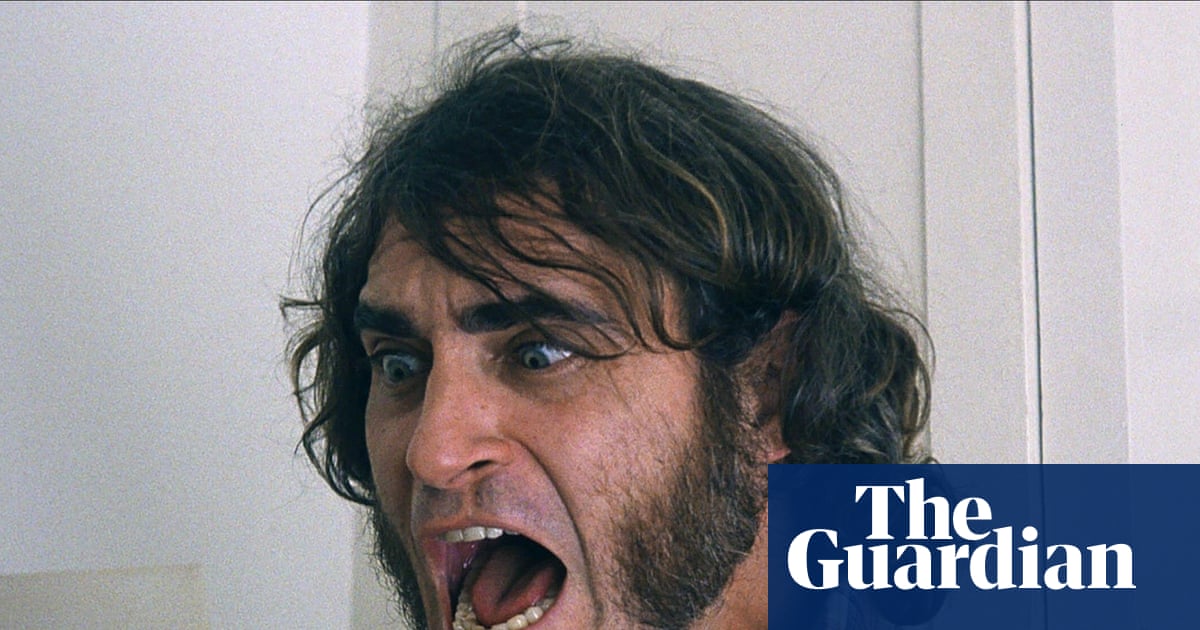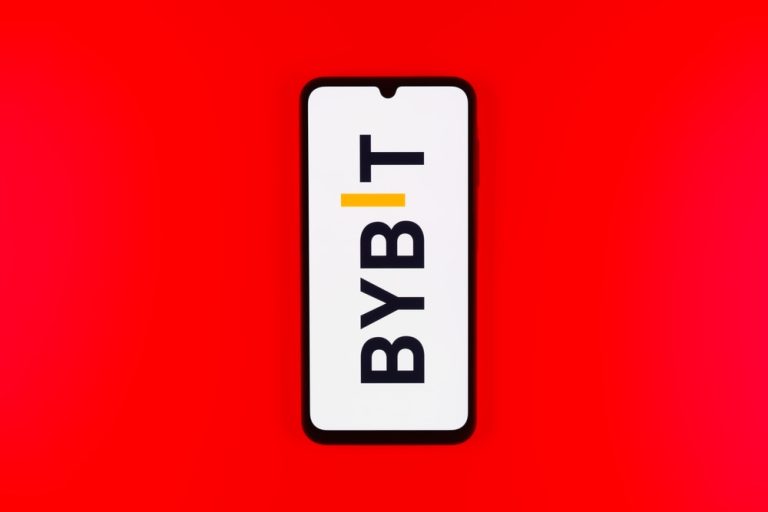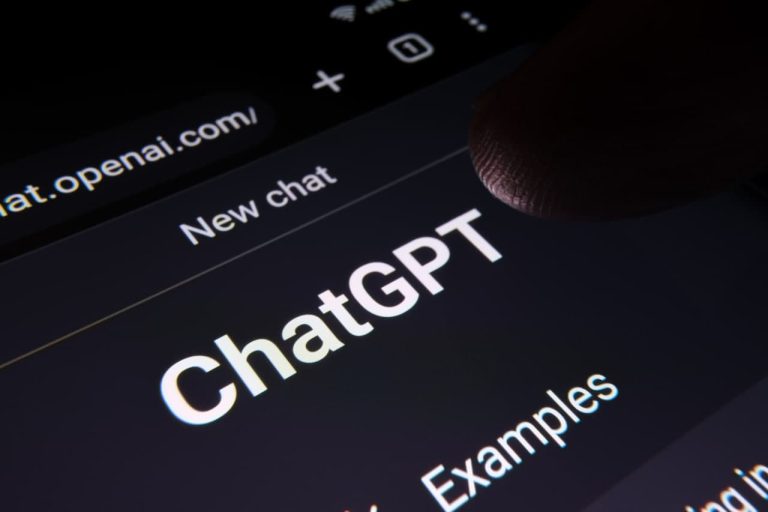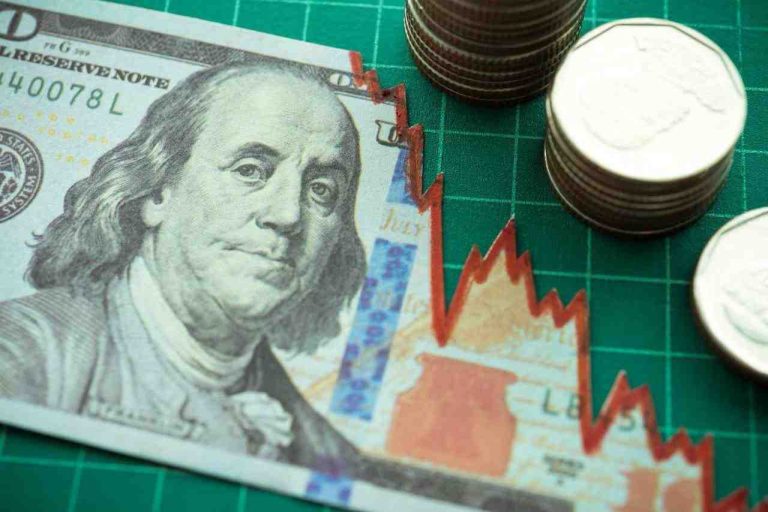
For over six decades, Thomas Pynchon has intrigued, challenged, and delighted readers with his intricately woven narratives and philosophical undertones. With his fans eagerly anticipating his newest noir escapade, Shadow Ticket, marking his first publication in more than a decade, there’s no better time to revisit his most celebrated literary achievements. Whether you’re a longtime admirer or a newcomer, this guide provides insights into Pynchon’s most essential works and their lasting impact on modern literature.
The Genius of Thomas Pynchon
Renowned for his intellectual depth, unique storytelling, and elusive public persona, Pynchon’s literary journey is a tapestry of historical events, surreal twists, and deeply complex characters. Below, we rank and explore his standout works, highlighting the themes, styles, and tropes that define his legacy.
Top 9 Thomas Pynchon Books – Ranked
9. Slow Learner (1984)
This short story collection showcases Pynchon’s early ventures into fiction. While the author himself criticizes these efforts, citing their flaws in the introduction, they provide an interesting glimpse into the evolution of his storytelling genius. It’s a gem for Pynchon aficionados seeking to delve into his formative years.
Key themes: Wacky character names, pastiche songs.
Memorable line: “Downstairs, Meatball Mulligan’s lease-breaking party was moving into its 40th hour.”
8. Against the Day (2006)
Sprawling and stylistically varied, this novel offers a mix of pulp adventure, science fiction, and historical musings. Though dense and challenging to navigate, it rewards dedicated readers with its ingenious and ambitious storytelling. It’s a novel that requires patience and an appreciation for Pynchon’s unmatched creativity.
Key themes: Real-life events, fragmented narratives.
Memorable line: “Taking quick looks behind him on the trail, Lew Basnight was apt to see things that weren’t necessarily there.”
7. Bleeding Edge (2013)
Set in Manhattan during the dot-com boom, this novel blends tech intrigue with vintage Pynchon humor. The protagonist, Maxine Tarnow, dives deep into a chaotic corporate world while investigating the shady dealings of a software company. Though it doesn’t fully coalesce, the novel’s wit and cultural critique shine through.
Key themes: Technology, paranoia, historical events.
Memorable line: “Paranoia’s the garlic in life’s kitchen … you can never have too much.”
6. Vineland (1990)
Set against the backdrop of Reagan-era America, this novel explores generational rifts and societal surveillance. The story revolves around Zoyd Wheeler, his estranged wife Frenesi, and their daughter Prairie as they navigate their fractured lives and tumultuous times. Pynchon intricately weaves themes of media saturation and radical politics.
Key themes: Surveillance, drugs, counterculture.
Memorable line: “If patterns of ones and zeros were like patterns of human lives and deaths … then what kind of creature would be represented by a long string of lives and deaths?”
5. V. (1963)
Pynchon’s debut novel masterfully intertwines the stories of Benny Profane and Herbert Stencil, who seek to unravel the mysteries surrounding the enigmatic ‘V.’ This vibrant narrative combines humor, introspection, and commentary on human connections, cementing Pynchon as a literary force to be reckoned with.
Key themes: Mystery, identity, historical commentary.
Memorable line: “Perhaps history this century … is rippled with gathers in its fabric such that if we are situated, as Stencil seemed to be, at the bottom of a fold, it’s impossible to determine warp, woof or pattern anywhere else.”
4. The Crying of Lot 49 (1966)
Regarded as one of his most accessible works, this novella follows Oedipa Maas as she investigates two rival postal companies in a postmodern mystery. Packed with wit, allusions, and symbolism, it’s a compact introduction to Pynchon’s world of surreal connections.
Key themes: Mystery, symbolism, counterculture.
Memorable line: “Oedipa wondered whether, at the end of this, she too might not be left with only compiled memories of clues, announcements, intimations, but never the central truth itself.”
3. Inherent Vice (2009)
Adapted into a Paul Thomas Anderson film, this novel is a psychedelic noir adventure featuring detective Larry “Doc” Sportello. Set in 1970s California, it’s a trippy dive into conspiracies, heartbreak, and the counterculture’s waning days.
Key themes: Drugs, love, counterculture.
Memorable line: “‘What,’ Doc wondered aloud, ‘the fuck is going on here?’”
2. Gravity’s Rainbow (1973)
This iconic work solidified Pynchon’s reputation with its epic scope, intricate plotting, and dazzling prose. A tale of war, technology, and human obsession, it’s often considered his masterpiece, though challenging to decode.
Key themes: War, technology, conspiracy.
Memorable line: “A screaming comes across the sky. It has happened before, but there is nothing to compare it to now.”
1. Mason & Dixon (1997)
Pynchon’s magnum opus combines historical fiction and postmodern flair to retell the story of the Mason-Dixon line. Narrated by Reverend Wicks Cherrycoke, this novel examines themes of exploration, identity, and morality, making it a standout work in his oeuvre.
Key themes: History, morality, scientific inquiry.
Memorable line: “For if each Star is little more a mathmatikal Point … then all the Stars … must like any other set of points … represent some single gigantick Equation.”
Explore Pynchon’s Masterpieces
If you’re intrigued by Pynchon’s works, consider diving into these literary marvels. Many titles are readily available online, such as from Penguin Random House, a reputed source for classics. Start with a collection like The Crying of Lot 49 for an accessible introduction or brace yourself for the epic brilliance of Gravity’s Rainbow.






